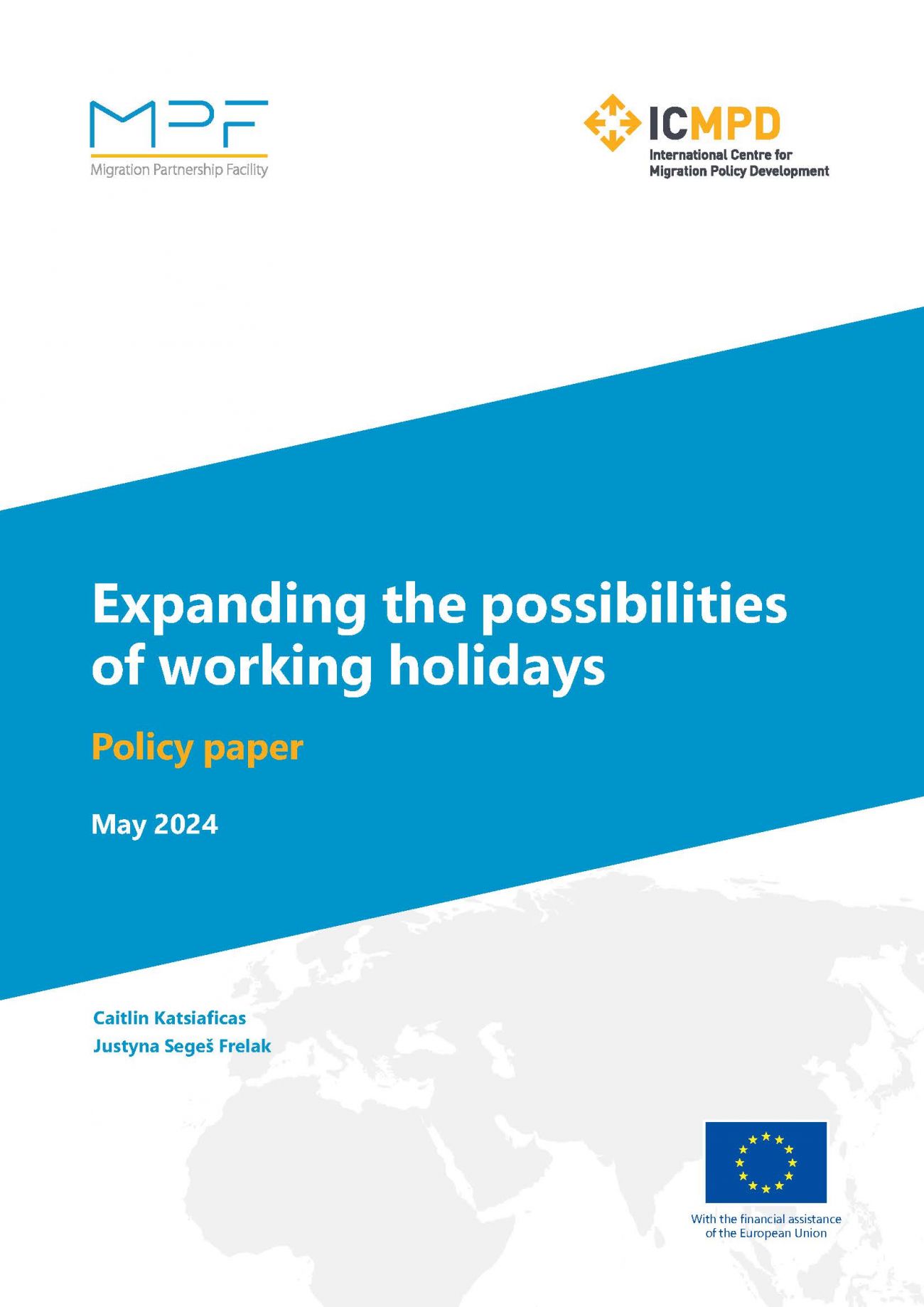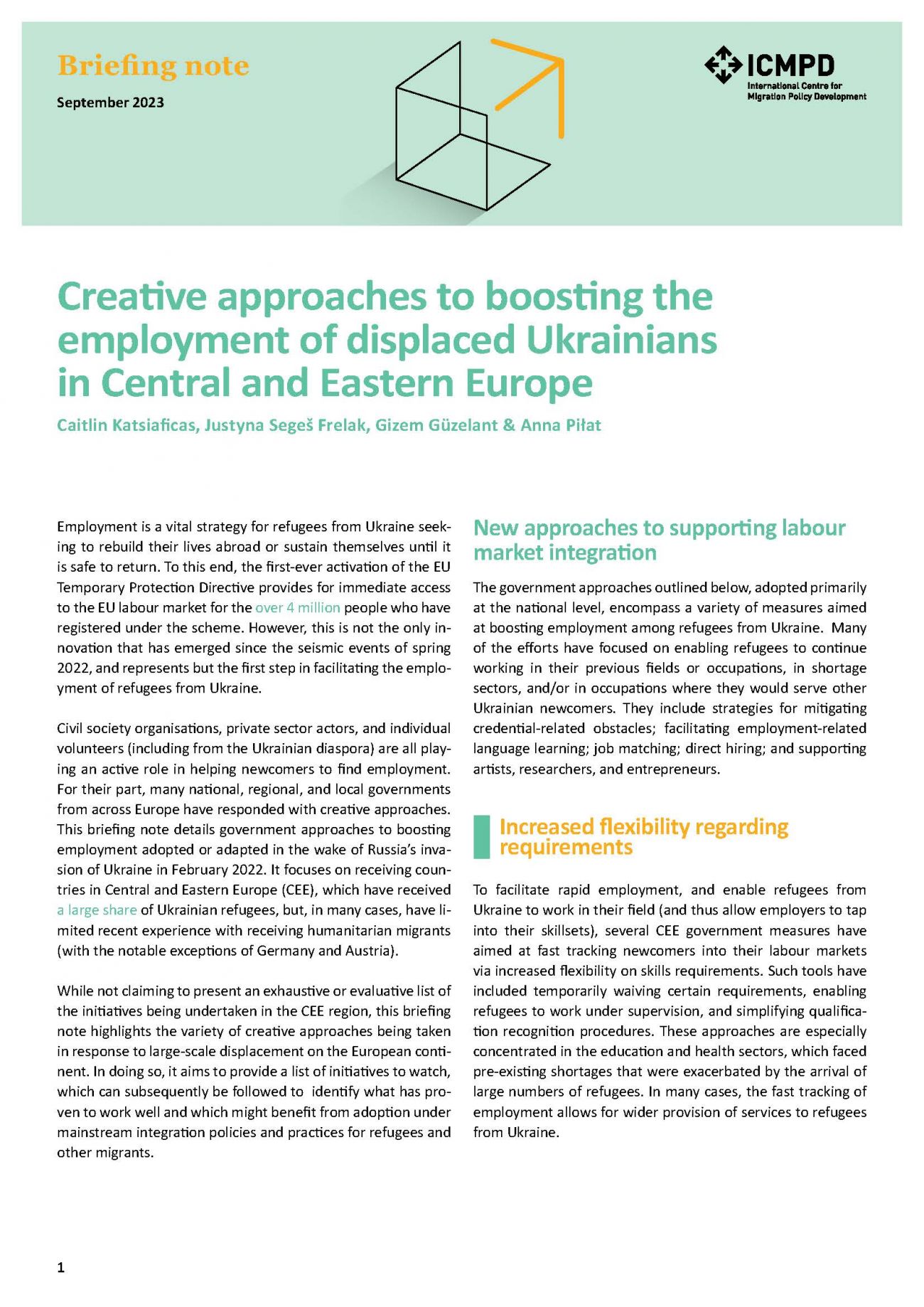This policy paper explores the potential benefits of expanding mobility opportunities for third-country national youth to EU Member States and presents different options for making this possible. It also presents the potential trade-offs when it comes to programme goals and design and highlights key considerations for those looking to develop and launch new youth mobility schemes.
Released 18.09.2025
Development actors are well suited to play a meaningful role in scaling up complementary labour pathways for refugees, yet their current contribution falls far below its potential. Exploring how development actors can engage to support refugee labour mobility is a worthwhile endeavour that can help increase the size, scope, and sustainability of these pathways.
Released 28.11.2024
With another academic year underway, talent stakeholders should already be thinking about how they can convince this year’s graduates, and international students more broadly, to stay and take up in-demand jobs. Universities, employers, local economic development actors, and governments all have a role to play in facilitating the move from the classroom to the workplace – and they should engage, together, sooner rather than later.
Released 25.10.2023
National policies of dispersal, which seek to distribute asylum seekers across different parts of the country, typically give only limited consideration to newcomers’ professional profiles and personal preferences and to characteristics of receiving communities. If they are willing to look at the fuller picture, and facilitate a better match, dispersal policies can become more effective in supporting integration and fostering local development.




